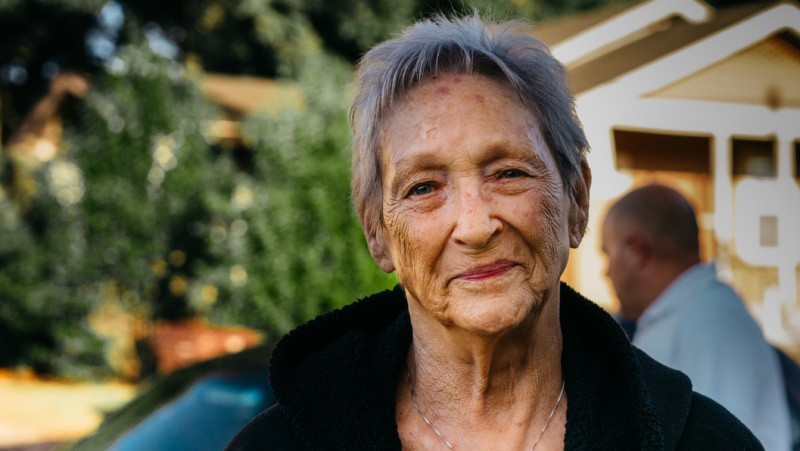Although food insecurity is declining in Arizona, Feeding America’s 2018 Map the Meal Gap initiative shows more than 1 million Arizonans are still at risk of hunger. This includes nearly 375,000 children across the state. That means nearly 1 in 6 adults and almost 1 in 4 children in Arizona live in households without consistent access to adequate food. While this is a slight improvement from the previous year, food insecurity still remains higher in Arizona than before the Great Recession in 2007.
According to the 2018 Map the Meal Gap—developed with the latest available data (2016) from the U.S. Department of Agriculture (USDA), state agencies, regional food banks, and other sources—the national food insecurity rate dropped to 12.9% while Arizona’s dropped to only 14.9%. Similarly, the child food insecurity rate for the United States overall is 17.5%, but, in Arizona, it’s 22.7%. In fact, Arizona has the sixth-highest child food insecurity rate in the country.
Since 2009, Feeding America’s Map the Meal Gap project has aimed to increase understanding of food security at the national, state, and local levels. It breaks down food insecurity rates by state, county, Congressional District, and service area for Feeding America member food banks, including Community Food Bank of Southern Arizona, St. Mary’s Food Bank Alliance, United Food Bank, and Yuma Community Food Bank. In addition to maps and data, the 2018 Map the Meal Gap annual report evaluates the factors that contribute to hunger in households across the country, including weekly food-budget shortfalls, demographics, poverty levels, underemployment, and unemployment rates.
Hunger at the county level indicates that “persistent-poverty counties” (i.e., those where at least 20% of the population have been living in poverty for at least the last 30 years, according the USDA Economic Research Service) are consistently in rural areas and also show the highest rates of food insecurity. Certain racial and ethnic minority groups in the U.S., such as African Americans and American Indians, are disproportionately at risk for food insecurity, especially in these persistent-poverty counties. For example, Apache County is a persistent-poverty county with a poverty rate more than double the national average (36% versus 16%) and a food insecurity rate of 26%.
View 2018 Map the Meal Gap for Arizona.


